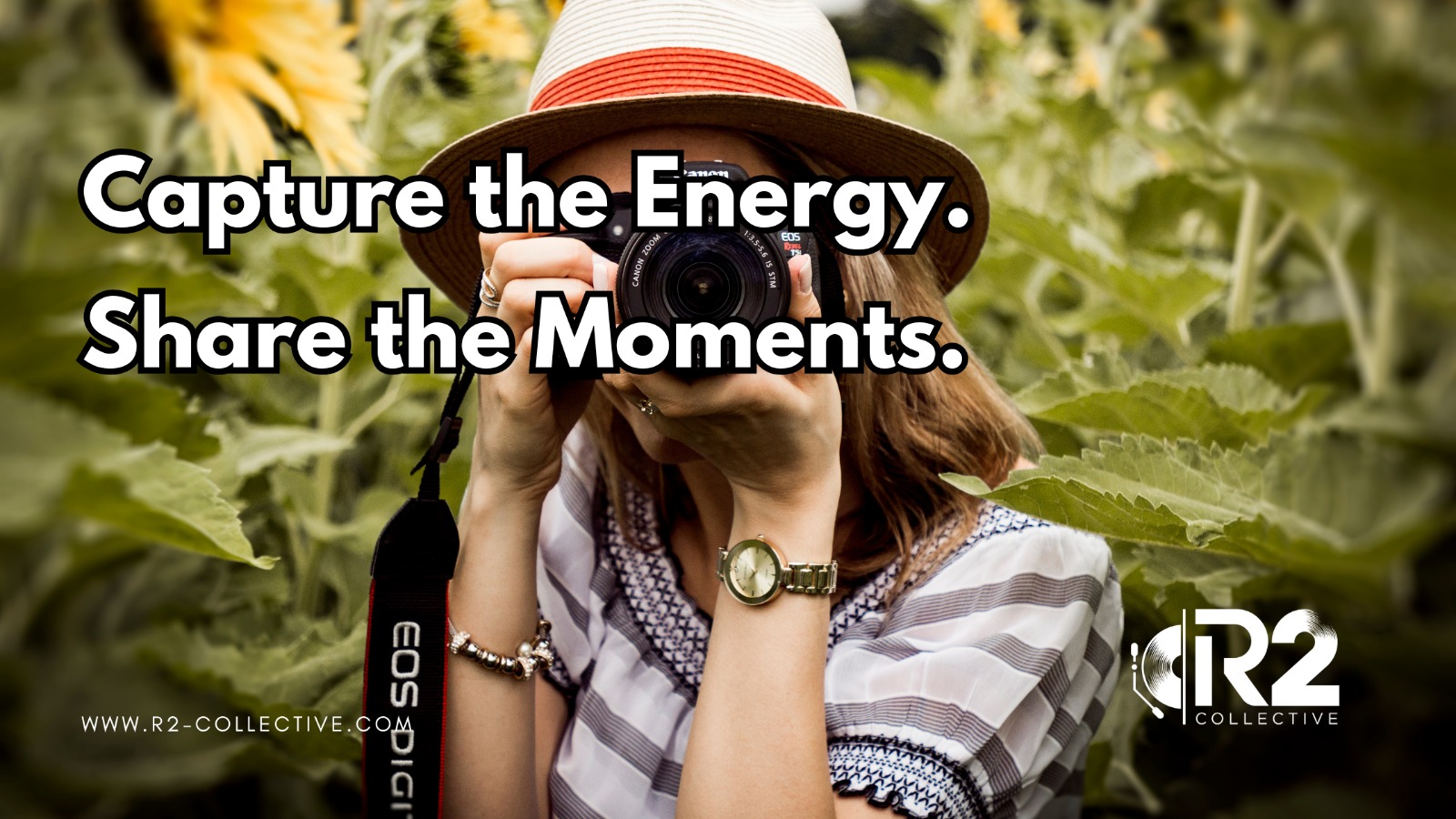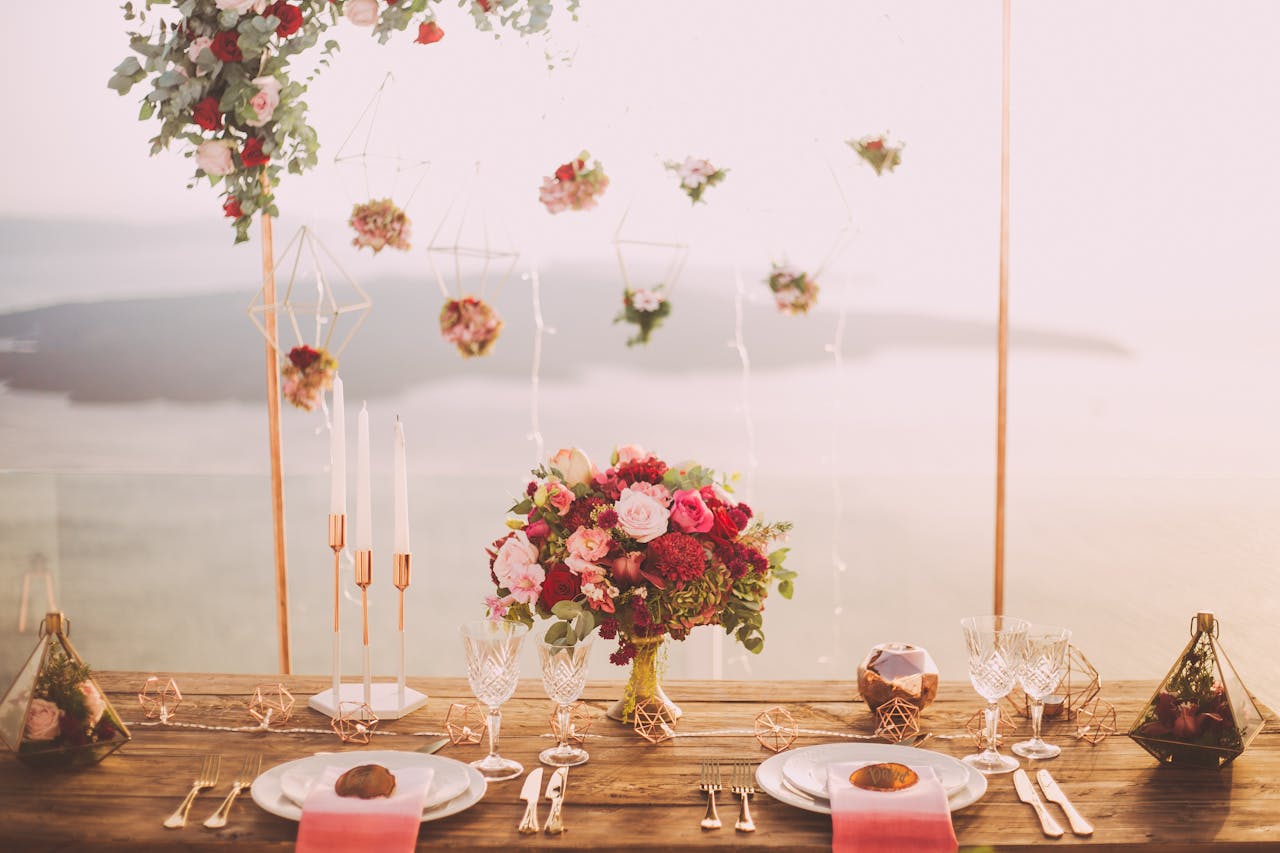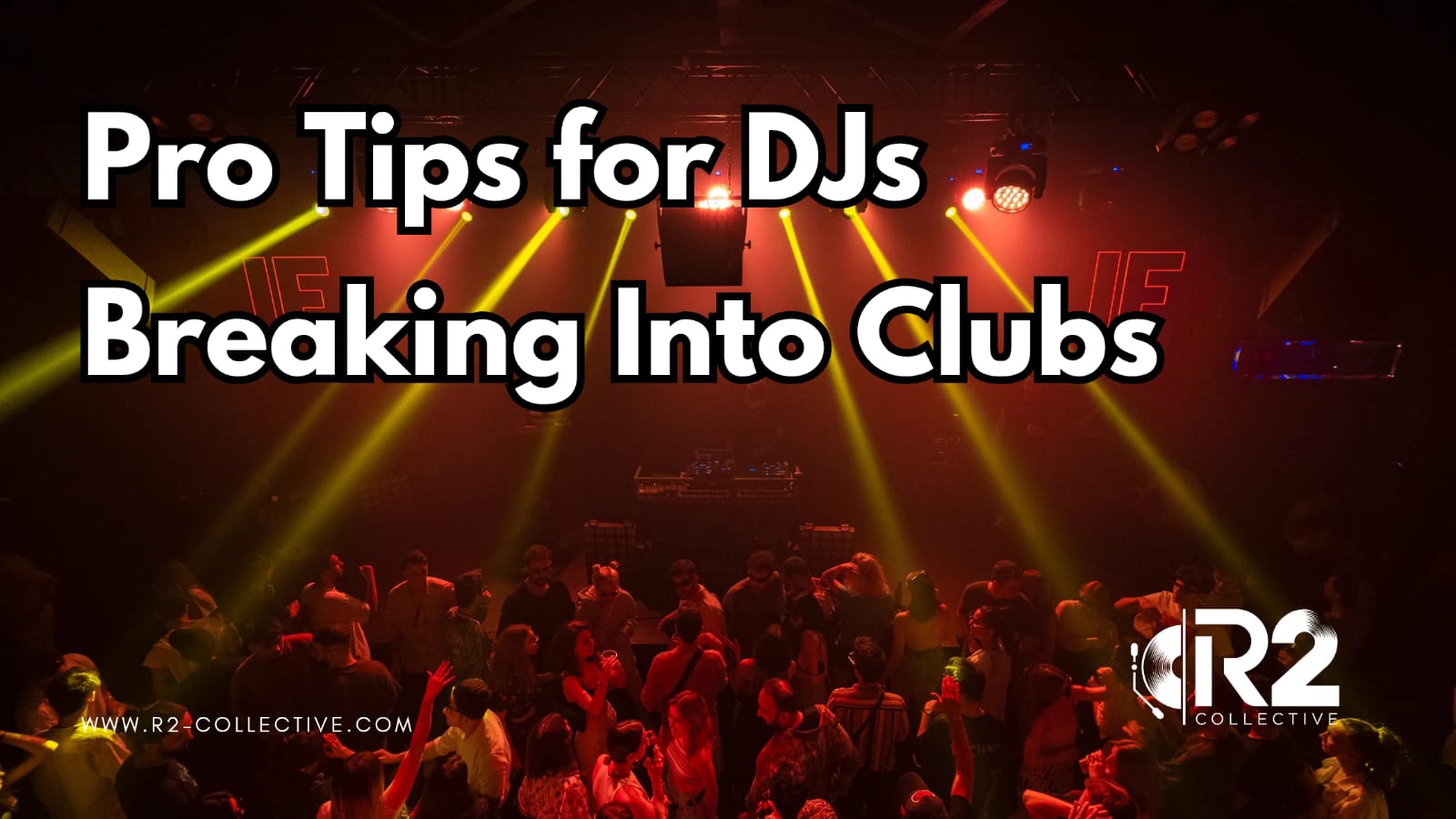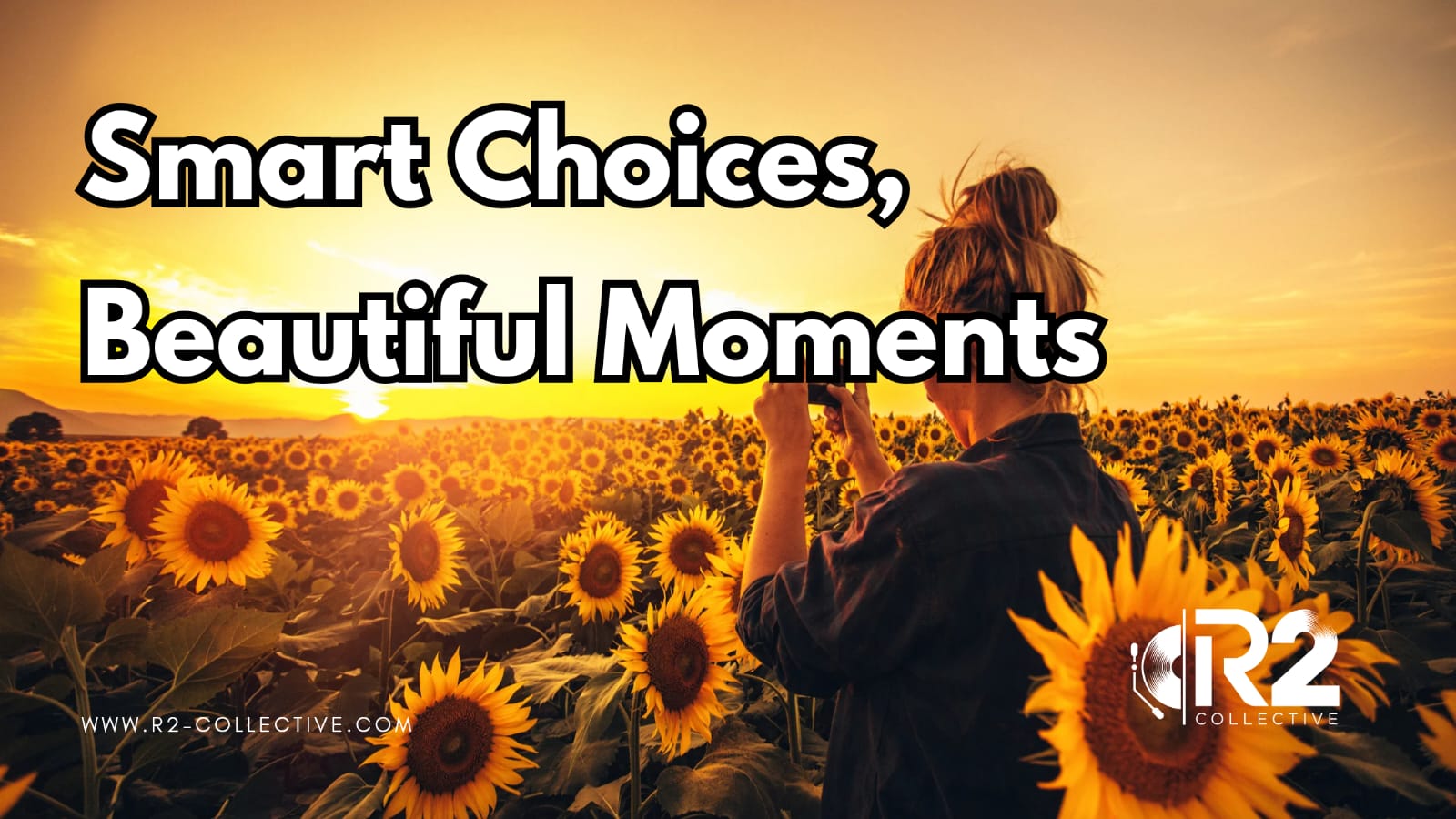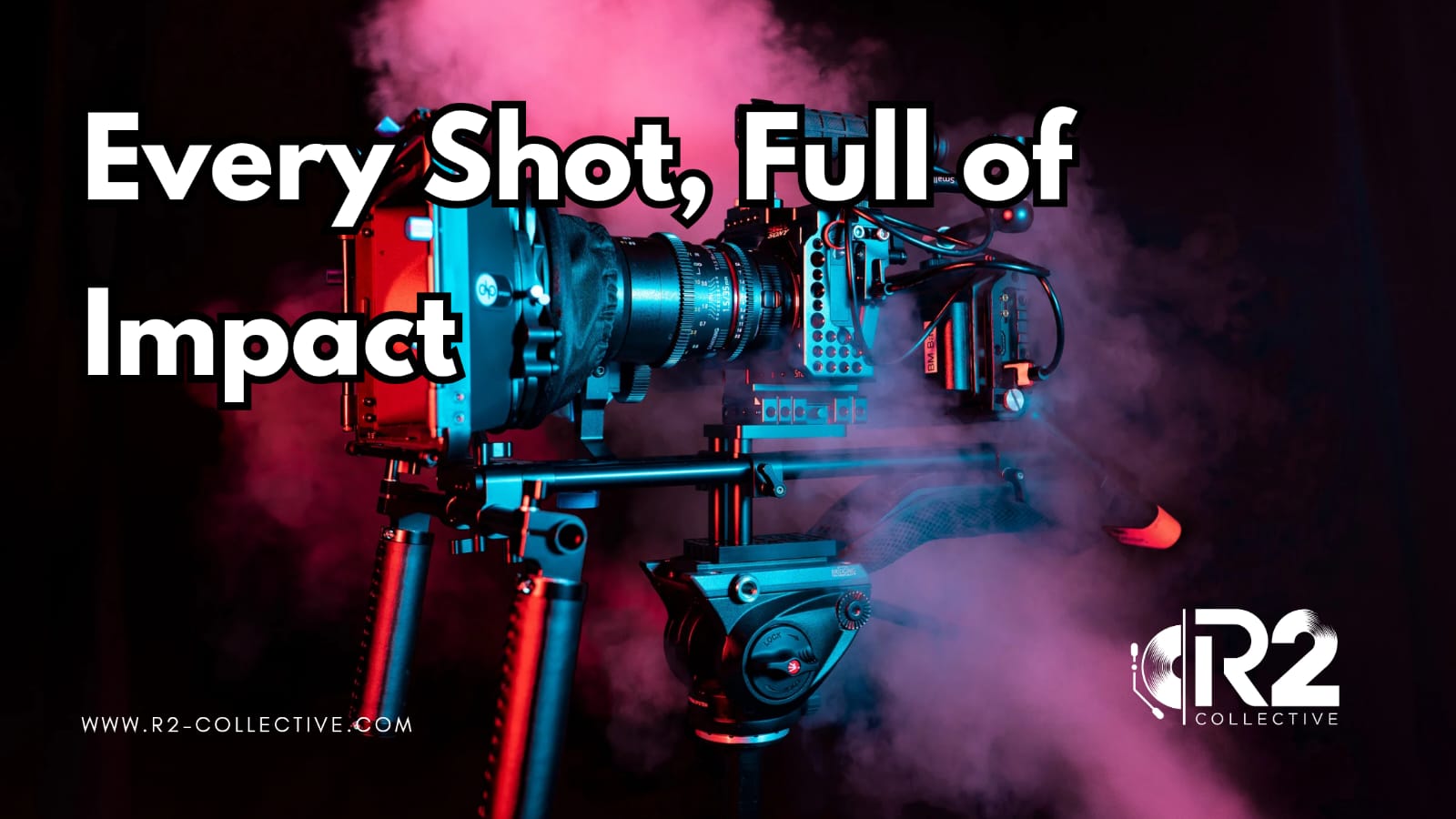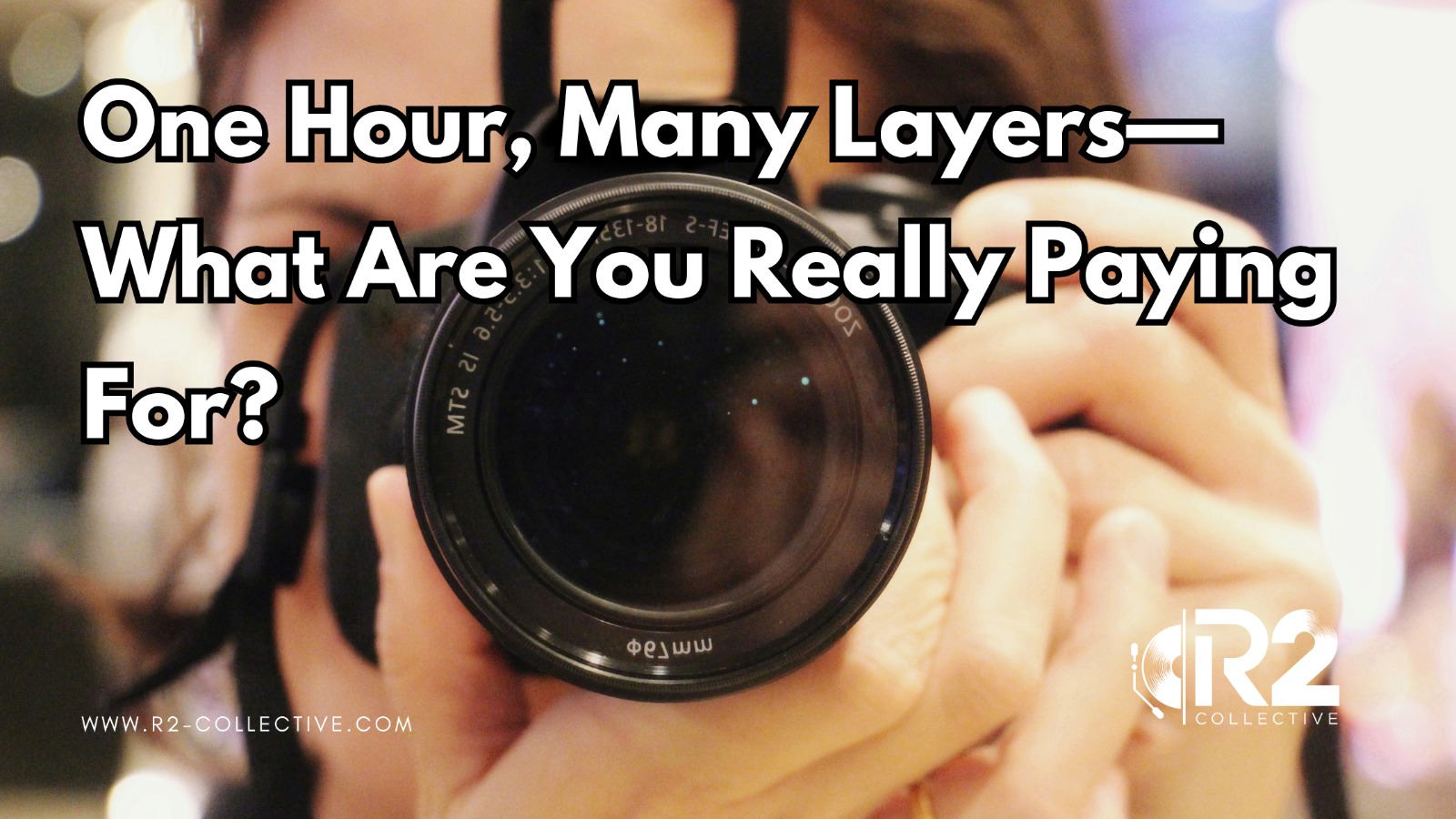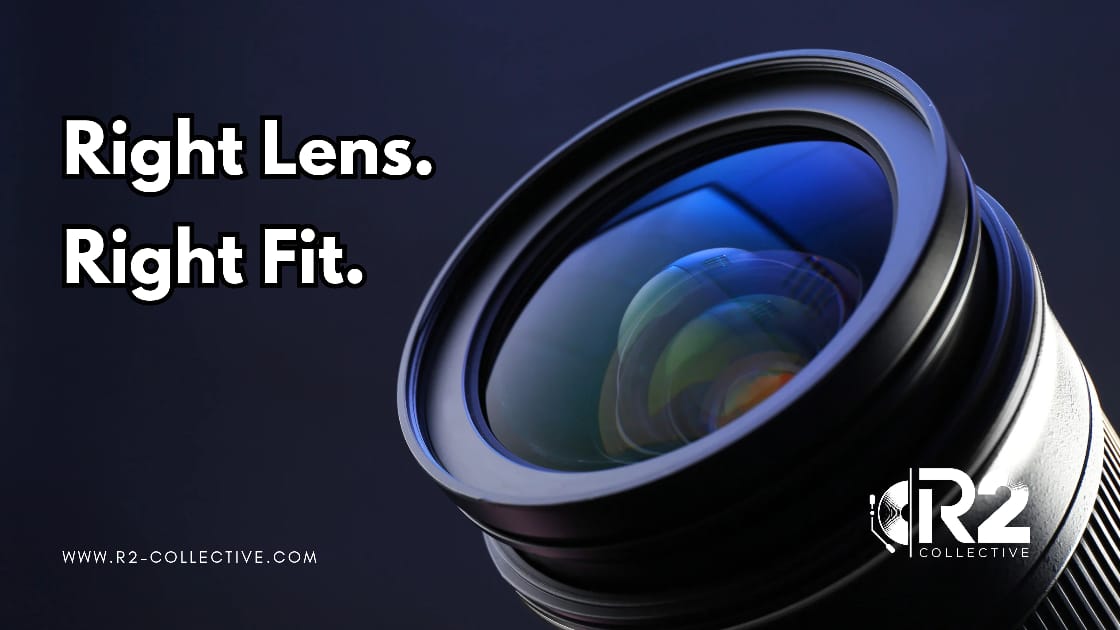Let’s face it — in today’s digital-first world, visuals are the first impression. Whether you’re a corporate event manager organising a product launch or a business owner refreshing your brand, knowing what is considered commercial photography helps you communicate with impact and confidence.
This guide walks you through the different types of commercial photography, how it’s different from everyday snapshots, real-world examples, and why it actually matters to your bottom line. Plus, we’ve sprinkled in some handy tips and answers to common questions.
What is Considered Commercial Photography?
In simple terms, commercial photography is any image captured for the purpose of promoting or selling something — a product, service, or even an idea. This could be anything from crisp product images for an online shop to portraits of your leadership team or photos taken at a company event.
The one thing tying all these images together? Purpose. If a business is paying someone to take photos that will help drive visibility, attract leads, or improve branding, it falls into the commercial category.
You’ll Typically See Commercial Photography Used In:
- Product listings or catalogues
- Company websites
- Social media marketing
- Billboards and advertisements
- Event recaps and PR campaigns
- Brochures, pitch decks, or reports
What is the Difference Between Photography and Commercial Photography?
Here’s a quick comparison to make things easier:
- Photography: This could be anything — vacation photos, candid shots, art projects, or family portraits. There’s no direct business goal.
- Commercial photography: Every image has a job. Whether that job is to increase brand trust, attract clicks, or sell a product, it’s working toward a clear business outcome.
So, a photo of your dog sleeping on the couch? Not commercial. A photo of a model using your product on your brand’s website? That’s a commercial.
Types of Commercial Photography
Let’s explore the most common types, with examples that might sound familiar.
1. Product Photography
This is the bread and butter for e-commerce businesses. Clear, attractive shots of products help potential buyers imagine ownership.
Styles You’ll See:
- Studio shots with plain backgrounds (classic white)
- Lifestyle shots showing the product in use
- Zoomed-in shots showing texture or key features
Example: Think of how your phone looks on a tech site — every angle, every detail.
2. Corporate Photography
Used by organisations to showcase their people, culture, and environment. Think of it as the visual side of your brand’s personality.
Includes:
- Team headshots
- Office space visuals
- Internal newsletter imagery
- Media kits and PR releases
Example: A company’s “About Us” page filled with smiling employee photos and sleek workspace shots.
3. Event Photography
Captures the energy and moments of business events. These photos aren’t just for memories — they’re assets for marketing.
Why Use It:
- Share highlights on LinkedIn
- Impress clients or stakeholders
- Build hype for next year’s event
Example: A photo of the CEO delivering a keynote that ends up on the press release.
4. Real Estate Photography
Makes properties look their best. Great images help listings stand out in a crowded market.
Clients Include:
- Property developers
- Airbnb hosts
- Real estate agents
Example: Wide-angle shots that make a one-bedroom apartment look like a penthouse.
5. Advertising Photography
This is where creativity and strategy meet. These images are built to grab attention and drive a response.
Found In:
- Ad campaigns
- Print magazines
- Online banners
Example: That dramatic burger photo in your favourite fast-food ad.
6. Food Photography
Used by restaurants, meal delivery brands, and food manufacturers. These images need to look good enough to eat.
What’s Included:
- Dishes styled under studio lights
- Ingredient close-ups
- Social media-ready content
7. Fashion Photography
Sits between creative and commercial. These photos bring clothing, accessories, or styles to life.
Where You’ll See It:
- Fashion websites
- Editorials
- Instagram campaigns
8. Industrial Photography
Not as flashy, but just as valuable. Industrial photography documents machines, workers, and production processes.
Why Businesses Use It:
- Train new hires
- Showcase capabilities to clients
- Fill in B2B sales presentations
Real-Life Examples
Campaign Launch: Retail Brand
A clothing brand launched a new season line. Their strategy included:
- Product shots for e-commerce
- Styled model photos for Instagram
- Coverage of their in-store launch event
What Happened: They saw a 28% jump in sales and three times more engagement on social posts.
Event Coverage: Tech Conference
A software firm hosted a tech summit. They brought in a photographer to document:
- Main sessions
- Crowd shots
- Team behind-the-scenes moments
Why It Worked: These visuals became key content for press releases, future promotions, and social proof.
Why Commercial Photography Matters
Here’s the honest truth: your audience judges you within seconds — often by the photos they see.
1. Builds Instant Trust
People decide quickly if a business feels legitimate. Professional photos can build confidence and authority.
2. Helps You Stand Out
Everyone’s online. Good photography gives your brand its own voice and vibe.
3. Simplifies Messaging
A great image can explain what your business does faster than a paragraph of text.
4. Saves Time Later
When done right, you won’t need to hunt for stock images or redo marketing content.
5. Delivers Long-Term Value
You’ll use the same set of well-shot images across multiple platforms for months, even years.
FAQs About Commercial Photography
Q: How do I know if I need commercial photography? If you’re promoting anything — your product, your people, or your space — it’s time to hire a pro.
Q: Can’t I just use stock photos? Stock photos work in a pinch. But original photos connect better with your audience because they’re real and specific to your brand.
Q: How much does it cost? Rates vary. Some photographers charge by the hour, others by project or usage. Just be clear on your needs and get quotes.
Q: Will I own the photos? Not always. Most photographers give you a license to use them, but they keep the rights. Always ask.
Q: How long does a shoot usually take? It could be a few hours for a product shoot, or all day for an event. It depends on the scope.
Tips for Hiring a Commercial Photographer
- Check recent projects, not just old portfolio work
- Ask questions about lighting, style, and turnaround
- Discuss how and where you plan to use the images
- Get everything in writing, including usage rights
Pros and Cons
Pros:
- Brings your brand to life visually
- Improves ad performance
- Adds personality and credibility
Cons:
- Initial cost may be higher
- Needs planning and clear direction
- Scheduling can take time, especially during busy seasons
Final Thoughts
Commercial photography isn’t just about taking pretty pictures. It’s about telling your brand’s story in a way that people actually care about. Whether you’re organising an event, launching a product, or building your online presence — the right visuals make all the difference.
If you’re a corporate event manager juggling deadlines and deliverables, consider this your secret weapon. Quality photography saves you time, boosts engagement, and makes your next campaign shine.Subscribe for real-world tips and ideas to make your brand visuals work harder for you.


